5 fruits that exist in Africa you probably don’t know
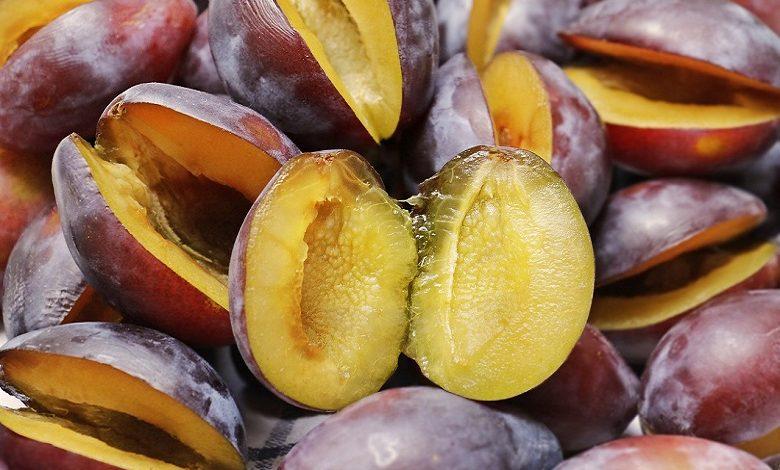
Do you love fruits and can’t get enough of it? When you try to imagine what one of these strange fruits tastes like, it seems almost trying to conceive a new color.
There are many strange fruits out there, but since we can’t go on writing lists about all of them, we settled for a few that never heard but found interesting. Below are the five fruits you probably don’t know they exist.
1. Imbe (Garcinia livingstonei)
Imbe, also known as the African Mongostein, is a widely distributed plant that can be found in tropical areas of Africa, from Ivory Coast to South Africa.
This green tree carries small thin, bright orange berries with a diameter of about 2-3 cm. The fruit tastes pleasantly sweet, but has a sour after taste, and has one large seed in the center of the fruit.
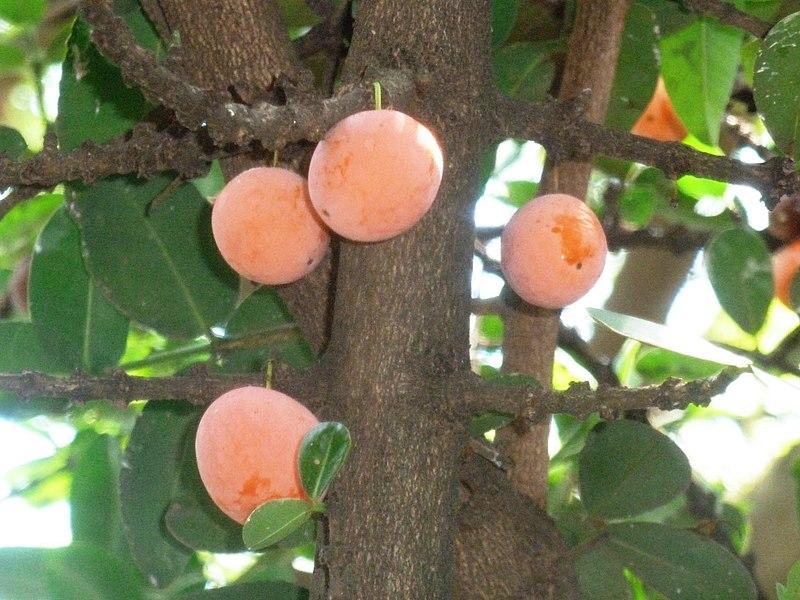
The fruit is usually consumed fresh but can be used to flavor wines and liqueurs. The fresh berries are known for their hated coloring strength.
2. Natal Plum (Carissa macrocarpa)
The Natal plum is a small tree or shrub from South Africa. The fruit is also known as the great Num-Num in Zulu and as the Noem-Num in Afrikaans. It is often found along the coastline of Eastern Cape and is also common in Natal.

The fruit is the only edible part of the plant, and the rest is poisonous. The fruit is slightly pendulous, chubby, and crimson. They can be eaten raw or cooked in pies, jellies, jams, and liqueurs. The fruit has a pleasant, sweet taste, but is still not often eaten or grown for retail.
3. Jack Fruit (Artocarpus heterophyllus)
Nangka “The Jack fruit” is the most abundant tree borne fruit, strangely related to mulberries, and can be found in East African countries, such as Uganda and Mauritius. A single fruit can weigh up to 36 kg and can reach a diameter of up to 50 cm.
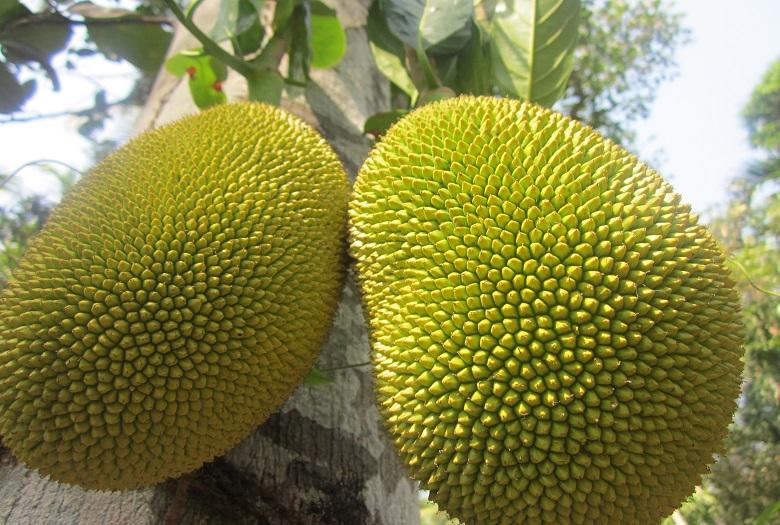
The flavor of the Jack fruit is very starchy, and it is a good source of dietary fiber. There are a few different kinds of Jackfruit, and they vary from the larger, harder fruit, which tastes like unripe bananas, to the smaller varieties, which are much softer inside and have a much sweeter taste.
4. Honeyberry (Melicoccus Bijugatus)
Honeyberry, also known as Mamoncillo, limoncillo, or Guiseps, has naturalized across all tropics and is very common in some tropical areas of Africa. The fruit is green when ripe and has a large edible seed coat.
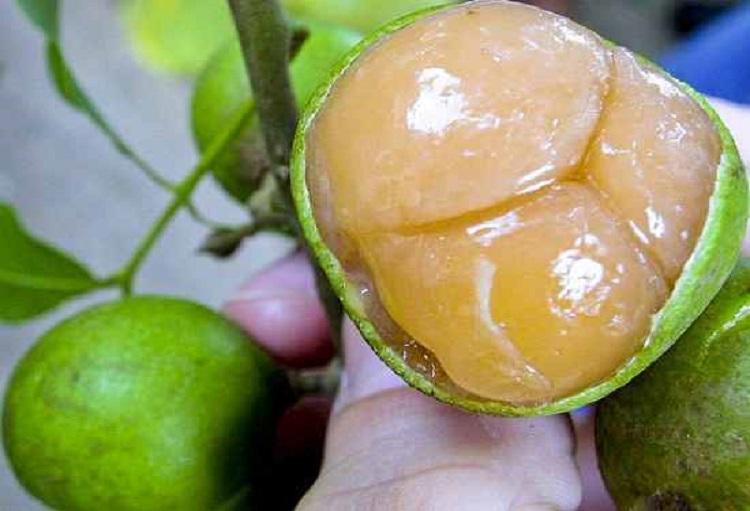
The whole fruit is traditionally placed in the mouth, the skin is bitten, and the juices are sucked out. It is said to taste like a cross between a Lychee and lime but can have quite a taste.
5. Rose apple (Syzygium)
The rose apple, also known as wax apple, palmarosa, Lilly pilly, and Satin ash, is a collection of about 1100 species belonging to the myrtle family. They can be found in some areas of Africa.
Many of these species produce fruit, and in this edition, we will look specifically at the Syzygium samarangense, those bell shaped fruits that can vary in color, ranging from pale pink, to purple, to bright red.
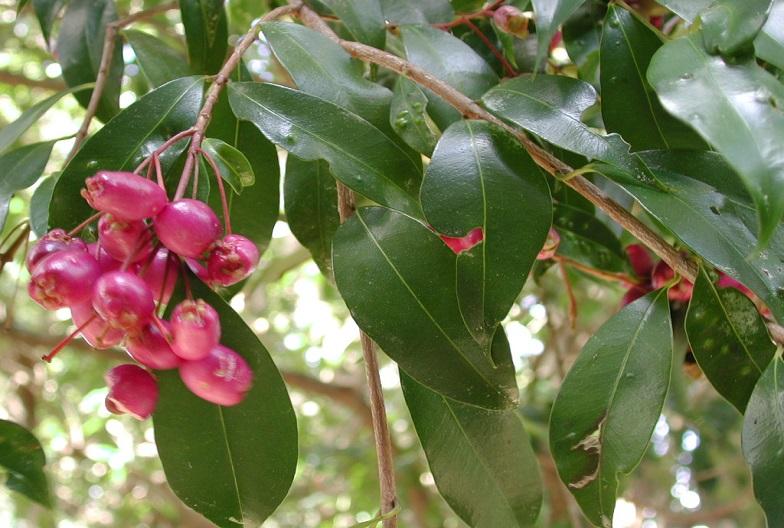
The fruit starts as a small ball that bulges out as the fruit ripens. They tend to smell and taste light rosy, hence the name, and they lump meat to juice ratio similar to a watermelon.




